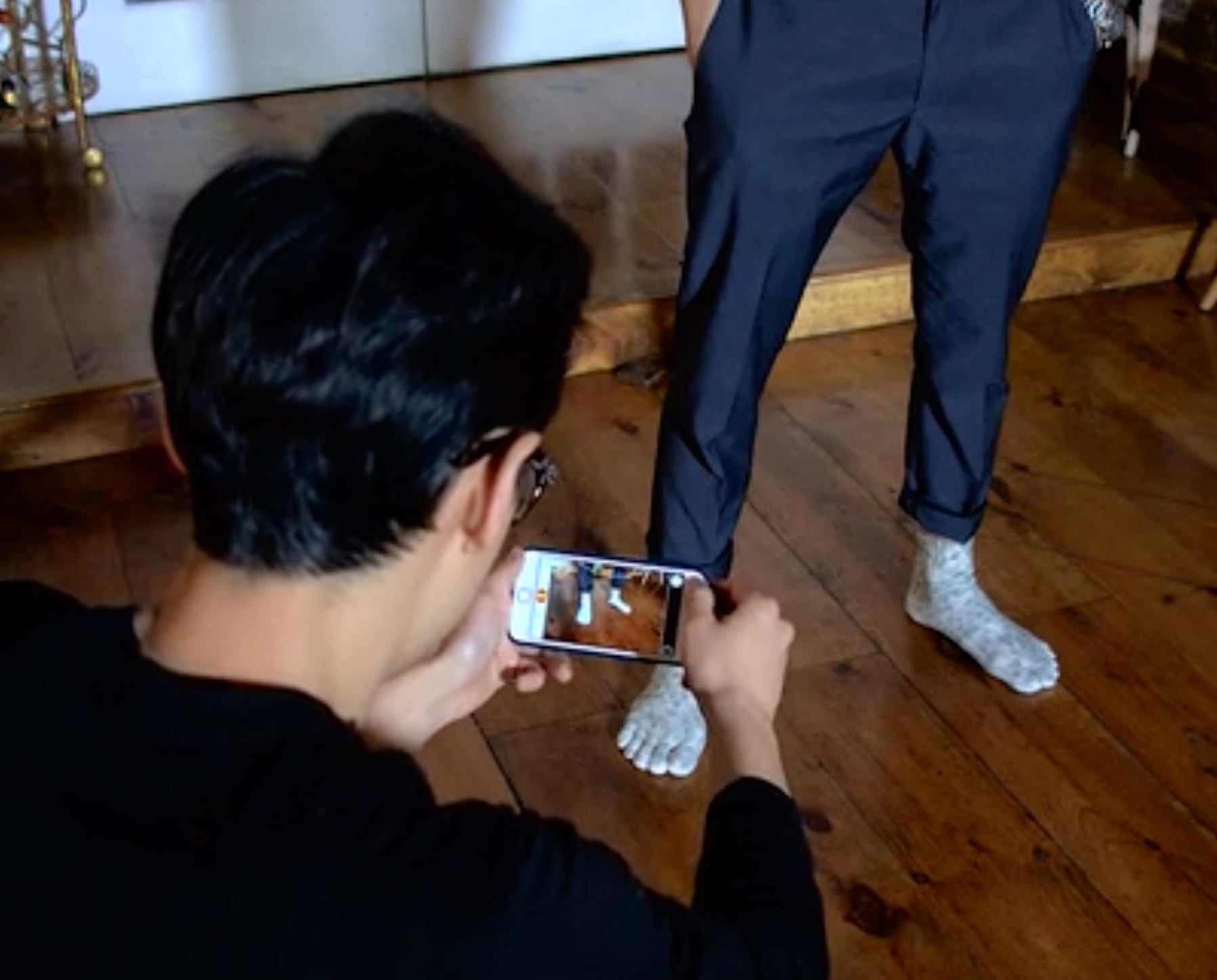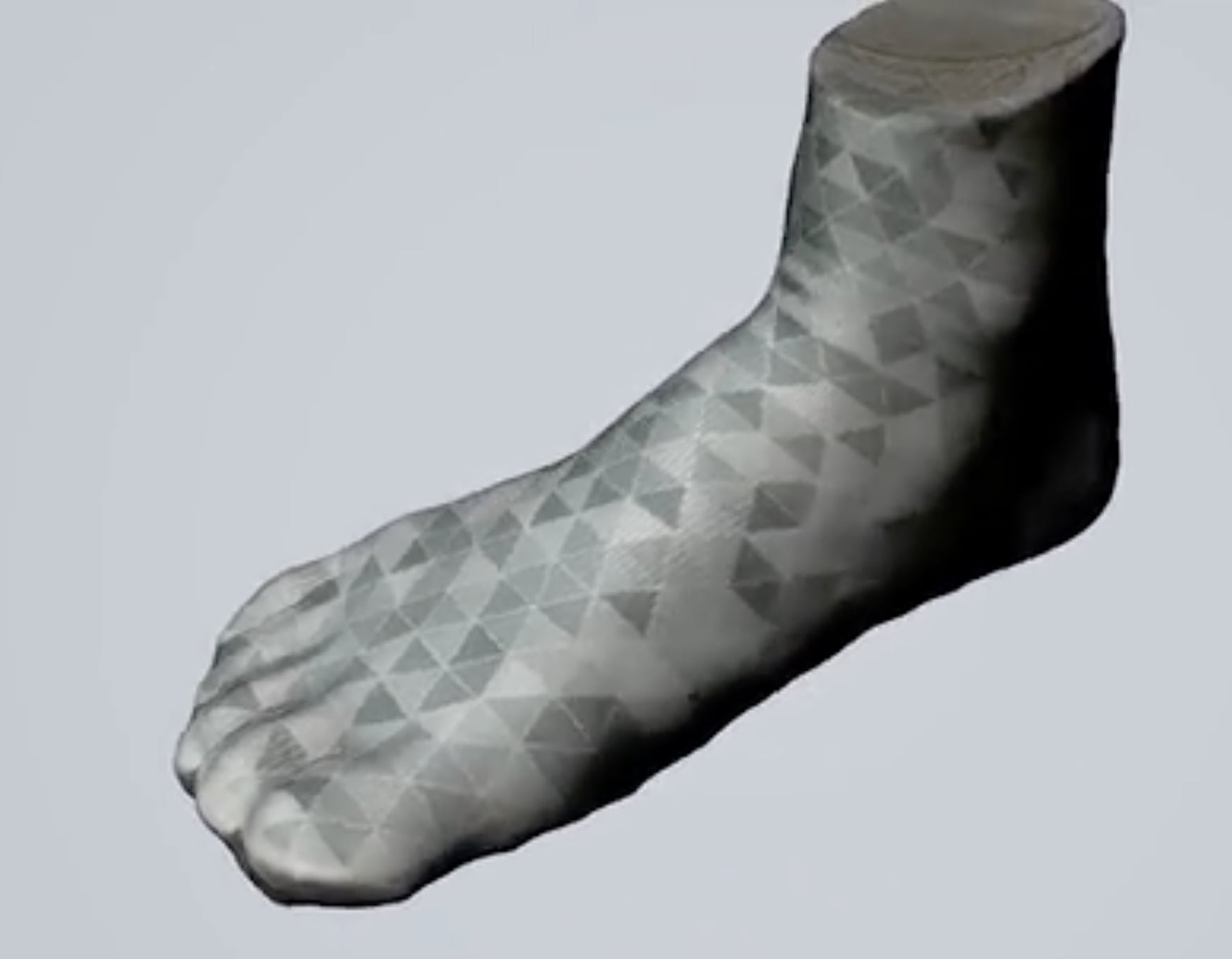
A crowdfunding project has demonstrated a method of producing custom-fit shoes using 3D scanning that could be adapted for 3D printing.
To be quite clear, MADE’s project does not involve 3D printing in any way. Their process is a strange mix of advanced and traditional technologies, however.
The company provides a simple method of capturing the shape of a foot, which is a combination of a smartphone application and a special sock that must be worn during the 3D scan. The app uses different views of the markings on the sock to develop fourteen specific measurements.
These fourteen measurements, according to shoemakers, can perfectly define the shape of the foot for purposes of making a shoe.
Once the measurements are captured, they’re socked away in MADE’s database for transfer to their manufacturing facility in Guangzhou in China. There, craftsmen use the measurements to produce a custom-fit shoe using traditional methods.
It’s a brilliant idea on its own: equivalent custom-fit shoes are terribly expensive and take months to produce, requiring multiple measurement and fitting sessions. Meanwhile, MADE’s approach takes only a few weeks and is priced comparably to normal mass-manufactured shoes.
While that’s all very interesting, I think there’s a very important 3D printing angle here. It’s been challenging for those aspiring to develop a 3D printed shoe solution, particularly around the capture phase. MADE has demonstrated a simple solution that could be applied for 3D printing applications.
There are two really interesting aspects:
First, the idea of wearing a sock is incredibly innovative. The sock can provide distance and registration information to simple scanning devices, such as MADE has implemented in their custom shoe project.
Even better, since the fourteen measurements represent the shoe shape, they can be stored in a database for future use! Once fit, the shoe measurements don’t need to change and more shoes can be produced – or hopefully 3D printed – in the future.
I think that the same approach could be attempted using a 3D print solution, rather than traditional manufacturing. An innovative designer could create customizable 3D shoe models – and you can guess what the fourteen parametric variables might be – and offer a 3D printed shoe service.
Alternatively, one could imagine a hybrid service, where the shoe contains 3D printed elements combined with traditional materials, such as leather.
While technically possible, this approach could still fail simply due to the cost of industrial 3D prints. If only the price of materials would drop!
Via Kickstarter


